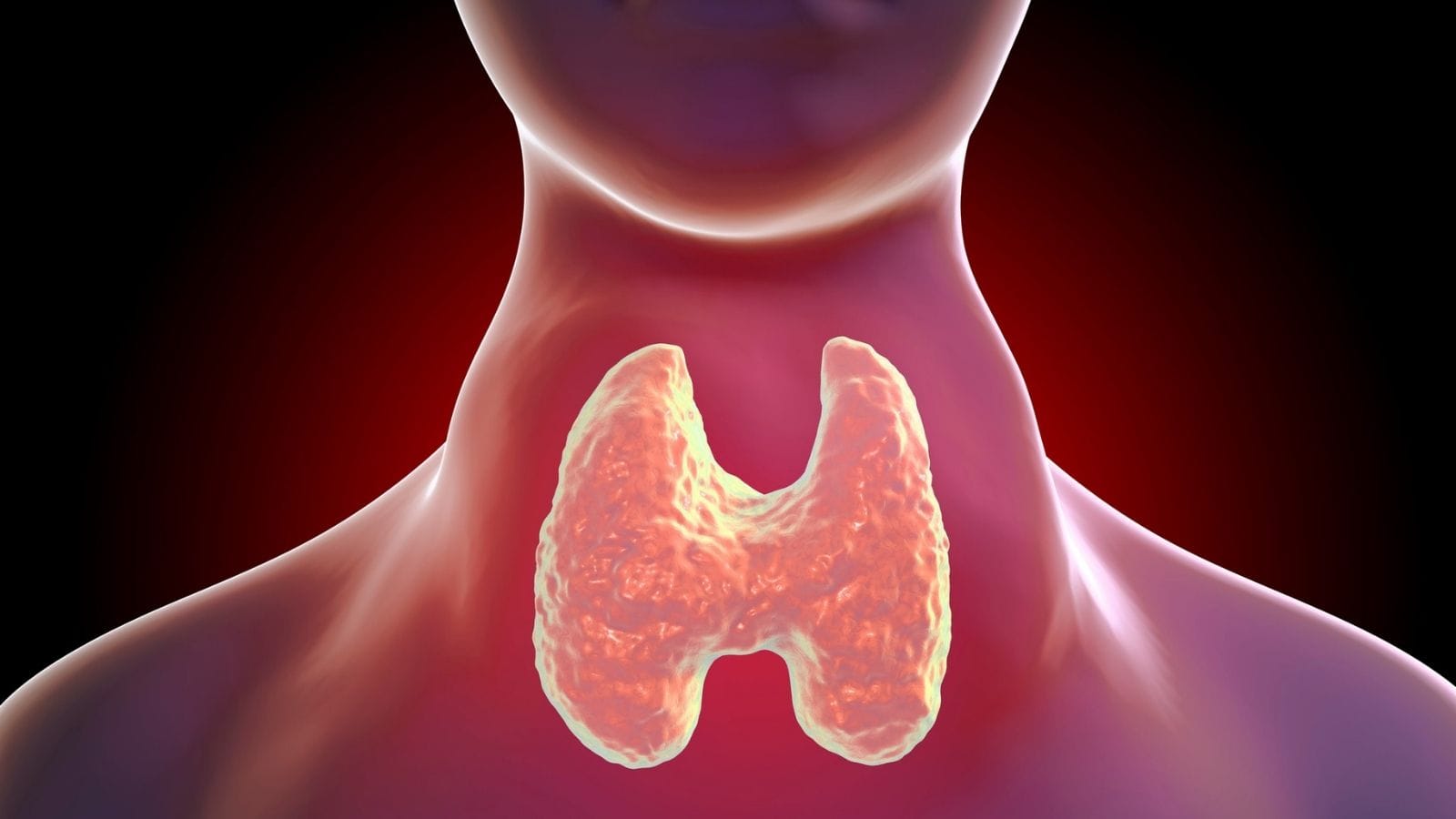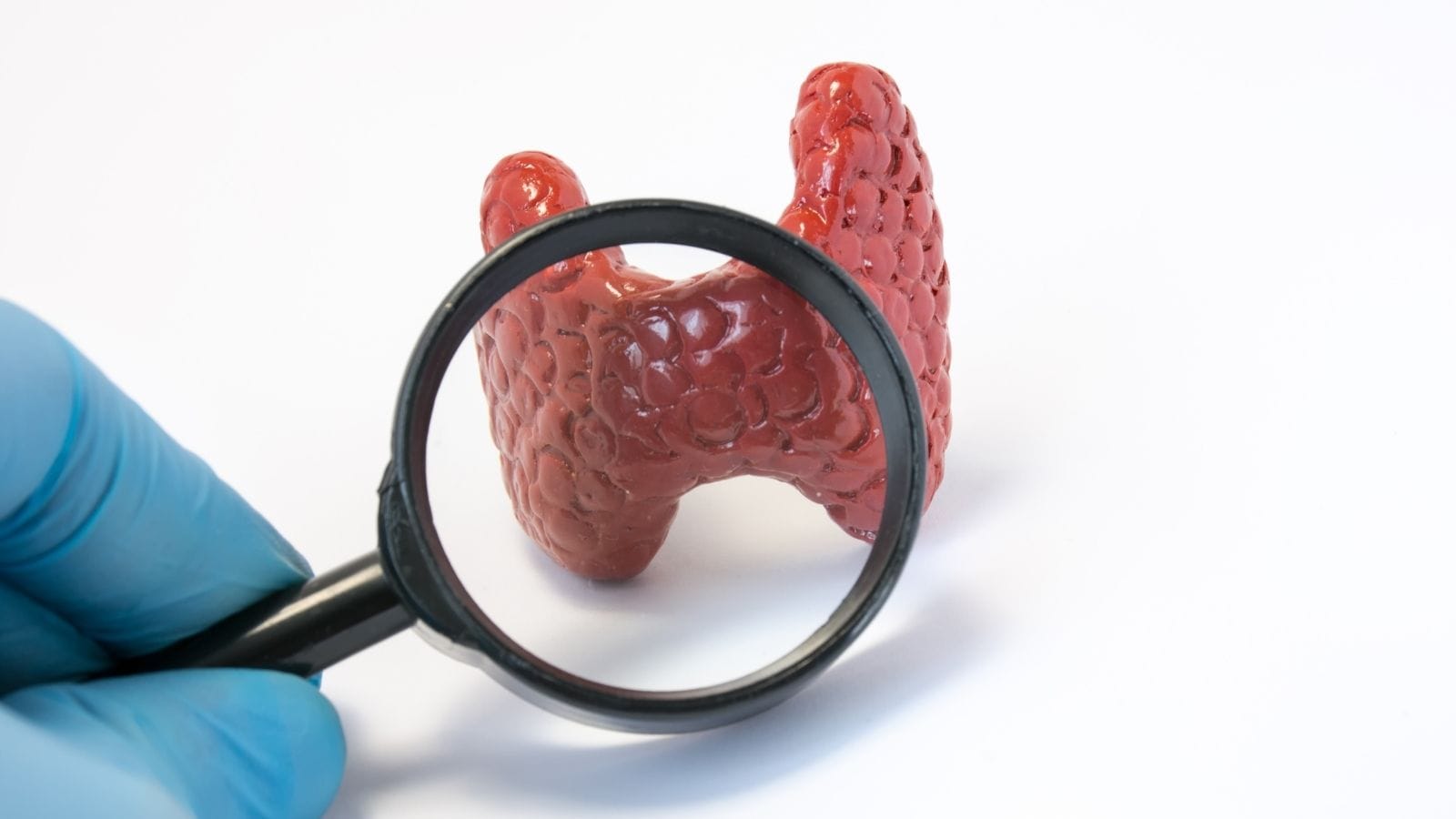Computed Tomography (CT) is a diagnostic imaging technique that uses X-rays and computer processing to create detailed cross-sectional images of the body. It helps visualize internal organs, bones, and soft tissues with high accuracy.
CT scan procedure involves the patient lying on a table that moves through a rotating X-ray machine. Contrast agents may be administered orally or intravenously to enhance visualization of specific tissues or blood vessels.
CT scan applications include detecting tumors, infections, vascular diseases, and trauma-related injuries. It is frequently used in emergency medicine for rapid evaluation of life-threatening conditions.
Risks of CT scans are minimal but include radiation exposure and rare allergic reactions to contrast agents. Proper indication and protective measures ensure safe and effective imaging.
Prof. Dr. Özgür KILIÇKESMEZ Prof. Dr. Kılıçkesmez holds the Turkish Radiology Competency Certificate, the Turkish Interventional Radiology Competency Certificate, Stroke Treatment Certification, and the European Board of Interventional Radiology (EBIR). In his academic career, he won the Siemens Radiology First Prize in 2008.
Interventional Radiology / Interventional Neuroradiology
What Is Computed Tomography (CT) and How Does It Work?
Computed Tomography (CT) is an advanced imaging technology that creates detailed cross-sectional images of the body’s internal structures. In this process, a CT scan detects X-rays passing through the body to create three-dimensional images of organs, tissues, and bones. It is considered an ideal method for diagnosing complex cases, especially when traditional X-rays are insufficient.
The CT scanning process usually takes place in a structure called a “gantry.” The gantry is ring-shaped and allows the X-ray source to rotate around the patient. As X-rays pass through the body, they are detected by sensors on the opposite side and transmitted to a computer. The computer calculates X-ray attenuation between tissue types and converts these into cross-sectional images. Thus, CT provides high-resolution images and creates three-dimensional representations that can be viewed from different angles.
The main advantages of CT include:
- Can clearly distinguish different tissue types
- Can show soft tissues, muscles, and organs in detail
- Can detect vascular diseases and internal bleeding
What Are the Common Medical Uses of CT Scans?
CT scans have a wide range of uses in medicine for both diagnosis and treatment. They are highly important tools for tumor detection and management. By accurately identifying the location and size of tumors, CT is used in planning surgical or radiation therapy. CT scans are also very valuable for fractures and bone injuries, especially in complex regions such as the spine and joints, as they provide detailed images and facilitate diagnosis.
In emergencies, CT plays a vital role in the rapid diagnosis of internal bleeding and trauma. It can detect organ damage and bleeding within minutes after serious accidents such as car crashes. For this reason, CT scans are considered life-saving in emergency care situations. CT angiography is also widely used in the diagnosis of heart and vascular diseases, helping detect vascular blockages and aneurysms and guide possible interventions.
CT is also very effective in diagnosing infections and inflammatory diseases, such as Crohn’s disease or appendicitis, and in detecting fluid accumulation. Additionally, CT provides guidance for minimally invasive procedures such as biopsy and drainage. For spinal and brain disorders, CT offers reliable images and guides physicians in critical situations such as stroke.
*We recommend filling out all fields so we can respond in the best possible way.
How Should You Prepare for a CT Scan?
Preparation for a CT scan is especially important if a contrast agent will be used. Appropriate clothing and jewelry are the first considerations in this process. Patients should avoid clothing with metal zippers or snaps because metal parts can adversely affect the images. All jewelry such as earrings, rings, watches, and hair accessories should be removed before the scan.
If the scan requires a contrast agent, patients should pay special attention to their diet. It is recommended not to eat for 4 to 6 hours before a contrast-enhanced scan. During this period, solid foods should be avoided, but water, tea, or clear broth are usually allowed. Patients, especially those having abdominal or pelvic scans, should pay attention to fluid intake.
- IV Contrast: This method involves injecting a contrast dye into a vein. Fasting for at least four hours is necessary to highlight blood vessels and tissues. Diabetic patients should have their kidney function checked by blood tests before the scan.
- Oral Contrast: For abdominal and pelvic scans, patients must arrive at the hospital 60 to 90 minutes before the scan to take the oral contrast solution.
- Special Groups: Diabetic patients should be careful with their medications. Pregnant or potentially pregnant patients should inform the technician in advance due to radiation risk.
What Are the Risks and Side Effects of CT Scans?
Although CT scans are important diagnostic tools, they come with some risks such as exposure to radiation and the use of contrast agents. CT exposes the patient to ionizing radiation, which can damage DNA and increase the risk of cancer. These risks are especially important for children and young adults, whose cells divide rapidly. A single CT scan carries low risk, but this risk increases cumulatively in patients undergoing multiple scans.
Contrast agents are used in some CT scans to improve image quality. These agents are usually iodine-based and can be administered intravenously, orally, or rectally. Side effects from contrast agents include:
- Mild reactions: metallic taste, nausea, or warmth
- Moderate reactions: mild skin rashes
- Severe reactions: rare cases such as anaphylaxis
Cumulative radiation exposure from multiple CT scans can increase the risk of cancer, especially in patients with chronic diseases who undergo regular CT imaging. Special precautions are taken for children and pregnant women. Radiation dose is minimized for pediatric patients, while CT is usually avoided for pregnant women due to the risk of fetal harm. In such cases, alternatives such as ultrasound or MRI are preferred.
How Does CT Compare with Other Imaging Methods?
CT scans, MRI, ultrasound, and X-rays each have different advantages and disadvantages, making them preferred for different clinical situations. CT provides rapid results and is particularly advantageous in emergencies. It stands out with its ability to image bone structures and internal organs at high resolution. On the other hand, MRI is known for capturing detail in soft tissues without using ionizing radiation but takes longer and is more expensive. MRI may not evaluate certain structures such as the lungs or bones as effectively as CT. Ultrasound is preferred for its safety and real-time imaging but is less effective in showing bone detail.
- CT Scan: Ideal and versatile for emergencies such as trauma and internal bleeding.
- MRI: Superior for soft tissues without radiation, but more expensive.
- Ultrasound: Safe and effective for pregnancy monitoring and procedures such as needle biopsies.
- X-ray: Used for quick diagnosis of bone fractures and infections such as pneumonia.
Frequently Asked Questions

How long does a CT scan take?
A CT scan usually takes 1 to 10 minutes, but this varies depending on the area being scanned and the complexity of the procedure. The scan itself may take just a few seconds, but additional time is needed for patient preparation, positioning, and post-scan procedures.
What cancers can be detected by CT?
CT scans are highly effective in detecting many types of cancer. Especially lung, colon, ovarian, kidney, stomach, bladder, pancreas, and some brain tumors can be identified with CT. CT shows the size, shape, and location of tumors in detail, providing a great advantage for early diagnosis and treatment planning. For example, it is often used for lung cancer screening, especially in high-risk individuals. Kidney, bladder, and pancreatic cancers in the abdominal area can also be detected with CT, as well as brain tumors, as it clearly shows abnormal growths.
Which is more detailed: MRI or CT?
Magnetic Resonance Imaging (MRI) generally provides more detailed images of soft tissues compared to Computed Tomography (CT) scans. MRI is highly effective in distinguishing between different soft tissues, making it ideal for areas such as the brain, muscles, and connective tissue. On the other hand, CT scans offer superior spatial resolution for visualizing bone structures and fractures. Therefore, the choice between MRI and CT depends on the area to be imaged and clinical needs.
What should be done after a CT scan?
After a CT scan, especially if a contrast dye was used, it is important to drink plenty of water. This helps flush the contrast agent from your body. Also, monitor the injection site for signs of infection such as redness, swelling, or pain and consult your doctor if these occur. If you experience itching, rash, or difficulty breathing, seek medical help immediately. You can usually return to your normal activities and eating habits unless otherwise directed by your doctor.
How long does radiation from a CT scan stay in your body?
Radiation from a CT scan does not stay in your body. The X-rays used pass through your body to create images but do not remain or accumulate in your body after the scan.
How does the radiation dose of a CT compare to an X-ray?
A CT scan involves much more radiation than standard X-rays. For example, an abdominal CT exposes you to about 7.7 millisieverts (mSv), while a chest X-ray gives only 0.1 mSv. So, an abdominal CT is about 77 chest X-rays worth of radiation. Similarly, a head CT is about 2 mSv, equivalent to about 20 chest X-rays. However, these values may vary depending on patient size and the imaging technology used.
Can you shower after a CT scan?
Yes, you can shower after a CT scan. There is no restriction regarding bathing, regardless of whether contrast dye was used. However, if you feel any discomfort, redness, or swelling at the IV site after the scan, consult your doctor.
What diseases can be detected with a CT scan?
CT scans can detect tumors, nodules, fractures, bleeding, and a wide range of other conditions. They play a critical role in identifying lung nodules and tumors, allowing early detection of lung cancer. CT can also assess bone mineral density for the diagnosis of bone diseases such as osteoporosis and is crucial for identifying intracranial bleeding and fractures in head injuries.
Why do you drink water before a CT scan?
Drinking water before a CT scan helps to better visualize the digestive system. Water is a natural contrast agent that shows the area from the stomach to the intestines without harmful substances. Unlike barium or iodine-based contrast agents, water does not cover the intestinal wall, helping doctors evaluate structures and possible problems more clearly. This is especially helpful in examining conditions such as inflammatory bowel disease.
Does a person who had a CT scan emit radiation?
A person does not emit radiation after a CT scan. CT scans use external X-rays to visualize internal structures; these X-rays pass through the body but do not make the person radioactive. It is safe to interact with others immediately after the procedure.

Girişimsel Radyoloji ve Nöroradyoloji Uzmanı Prof. Dr. Özgür Kılıçkesmez, 1997 yılında Cerrahpaşa Tıp Fakültesi’nden mezun oldu. Uzmanlık eğitimini İstanbul Eğitim ve Araştırma Hastanesi’nde tamamladı. Londra’da girişimsel radyoloji ve onkoloji alanında eğitim aldı. İstanbul Çam ve Sakura Şehir Hastanesi’nde girişimsel radyoloji bölümünü kurdu ve 2020 yılında profesör oldu. Çok sayıda uluslararası ödül ve sertifikaya sahip olan Kılıçkesmez’in 150’den fazla bilimsel yayını bulunmakta ve 1500’den fazla atıf almıştır. Halen Medicana Ataköy Hastanesi’nde görev yapmaktadır.









Vaka Örnekleri